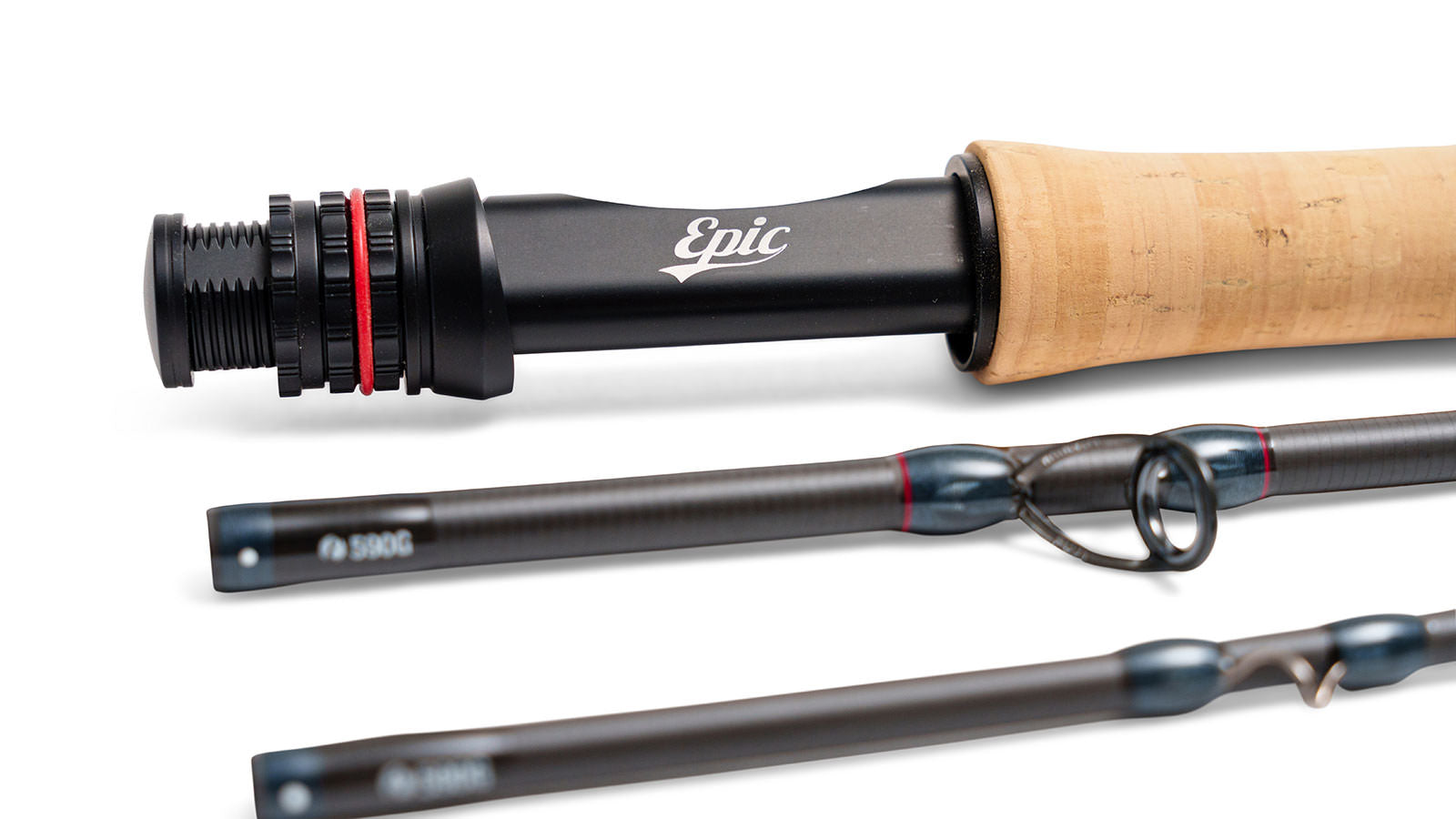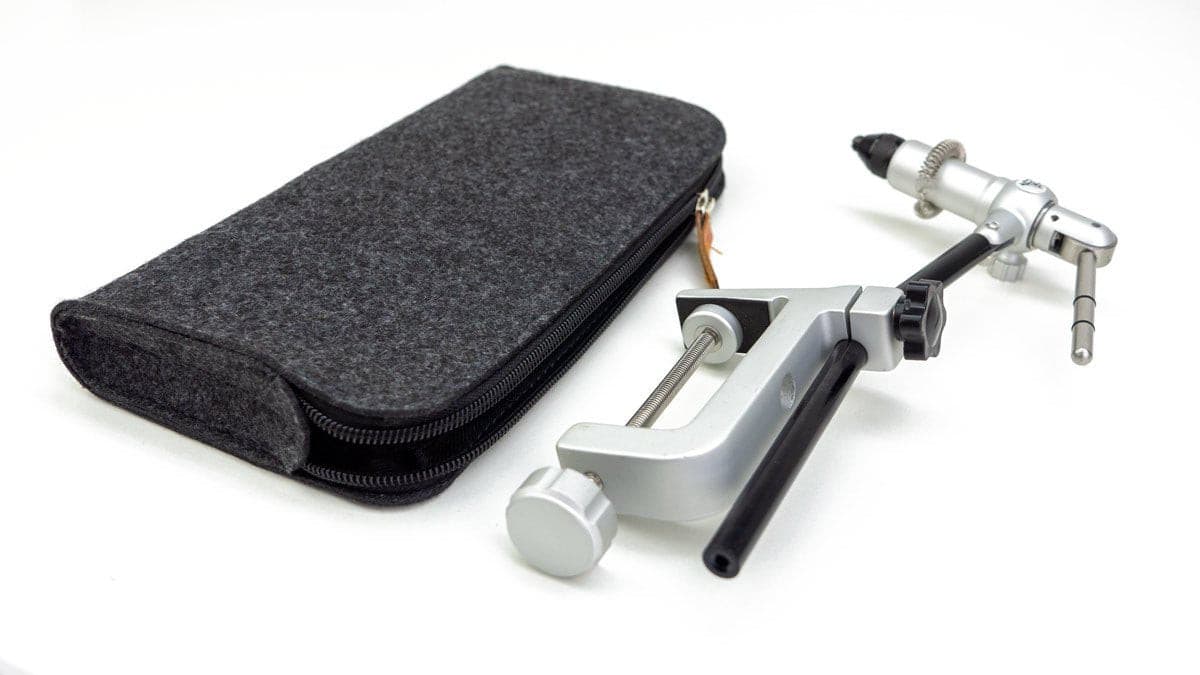Bill Gammels 5 Essentials of Good Fly Casting
We're all about fly casting here, it's what drives us to make the world's best fly rods
I have always maintained that if you want to improve your fly fishing the place to focus your effort is on improving your fly casting and presentation skills.
Fly casting is a crucial skill in fly fishing, requiring precision, control, and practice. Bill Gammel famously outlined five essential principles that when understood and applied can significantly enhance your casting effectiveness.
These five fly casting essentials were developed by Bill & Jay Gammel and were first introduced in Texas in 1990. They apply to all good single handed casts and overhead casting with the two handed rod.
These five essentials are the core fundamentals upon which Fly Fishers International (formerly the Federation of Fly Fishers) base their fly casting and instructor programs.
These Five Essentials are the cornerstone of effective fly casting, offering a clear and practical approach to improving your technique. By focusing on eliminating slack, mastering timing, maintaining a straight rod tip path, applying power smoothly, and adjusting your casting arc, you’ll enhance both the accuracy and distance of your casts.
Remember, like any skill, perfection comes with practice. Spend time on the water or in an open field practicing these essentials, and watch your fly casting improve significantly.
While the accompanying fly casting video clips are about 10 years old now, and many will have seen them already, they are a solid reference to help illustrate Bills 5 essentials. These fly casting videos have featured far and wide on many blogs and websites. They regularly appear on the Orvis blog and Midcurrent and have received millions of combined views. The entire collection can be viewed on our fly casting YouTube channel here
If you can nail these 5, and really understand them and their implementation, your fly casting and hence fly fishing, will improve out of sight.
And if you ever consider becoming a qualified fly casting instructor with the FFI then knowing these essentials inside out is absolutely vital to your study and fly casting instruction.
Carl McNeil
FFI Master Fly Casting Instructor
*Illustrations by Joe Mahler - https://www.joemahler.com/
The 5 Essentials of Good Fly Casting
1. Eliminate Slack Line
Ideally there must be no slack line. Or at the very least - Slack line should be kept to a minimum. Start with the rod tip low and the line straight on the water, accelerate smoothly to a crisp stop.
Practice Tip: Before beginning your cast, ensure all slack is out of the line by gently pulling it out of the system, creating a straight connection between you and the fly. Once the line is tight and the fly begins to move, all slack is out of the system and you are good to lift the line off the water and begin your back cast.

2. Timing
There is a pause at the end of each stroke which varies in duration with the amount of line beyond the rod tip. This simply means that at the end of each casting stroke you must pause long enough to allow the line to unroll & straighten completely (no slack) before starting the next stroke. The pause will vary with the length of line being cast, the longer the line the longer the pause.
Long line - long pause. Short line - shorter pause.
Practice Tip: Focus on feeling the rhythm of the cast. Allow the line to fully extend and momentarily pause at the end of each stroke before transitioning to the opposite direction.

3. Vary the Casting Arc
Stroke and Arc may get confused and are often used interchangeably (Arc is the distance the rod tip moves) The stroke is the distance the rod hand moves from its starting position to its stopping position. Casting stroke is increased with the length of line being cast.
Short line - short stoke. Long line - long stroke .
Practice Tip: Start with short casts to practice a narrow casting arc, then gradually lengthen your casts, paying attention to widening the arc as you do so.

4. Power Application
Power must be applied in the proper amount and in the proper place during the stroke. Power is applied smoothly and progressively. Power should be applied in an increasing amount with most power being applied towards the end of the stroke. This essential is really about making an acceleration.
Practice Tip: Gradually accelerating, and then come to a crisp stop at the end. You need to keep that rod tip traveling in as straight a line as possible.

5. Straight Line Path of the Rod Tip
In order to form the most efficient, least air resistant loops the caster must move the rod tip in a theoretical straight line path (in both vertical and horizontal planes). The rod tip does move down out of the way and out of the straight line path (vertical plane) at the very end of the stroke during the stop.
Practice Tip: Practice casting side-on in front of a mirror or window to visually ensure that your rod tip moves in a straight line.
Think of the casting stroke as drawing a straight line in the air with the rod tip.

Fly Casting Video Clips - the 5 Essentials Of Good Fly Casting
Eliminate Slack Line
Timing
Vary the Casting Arc
Power Application
Straight Line Path of the Rod Tip

































